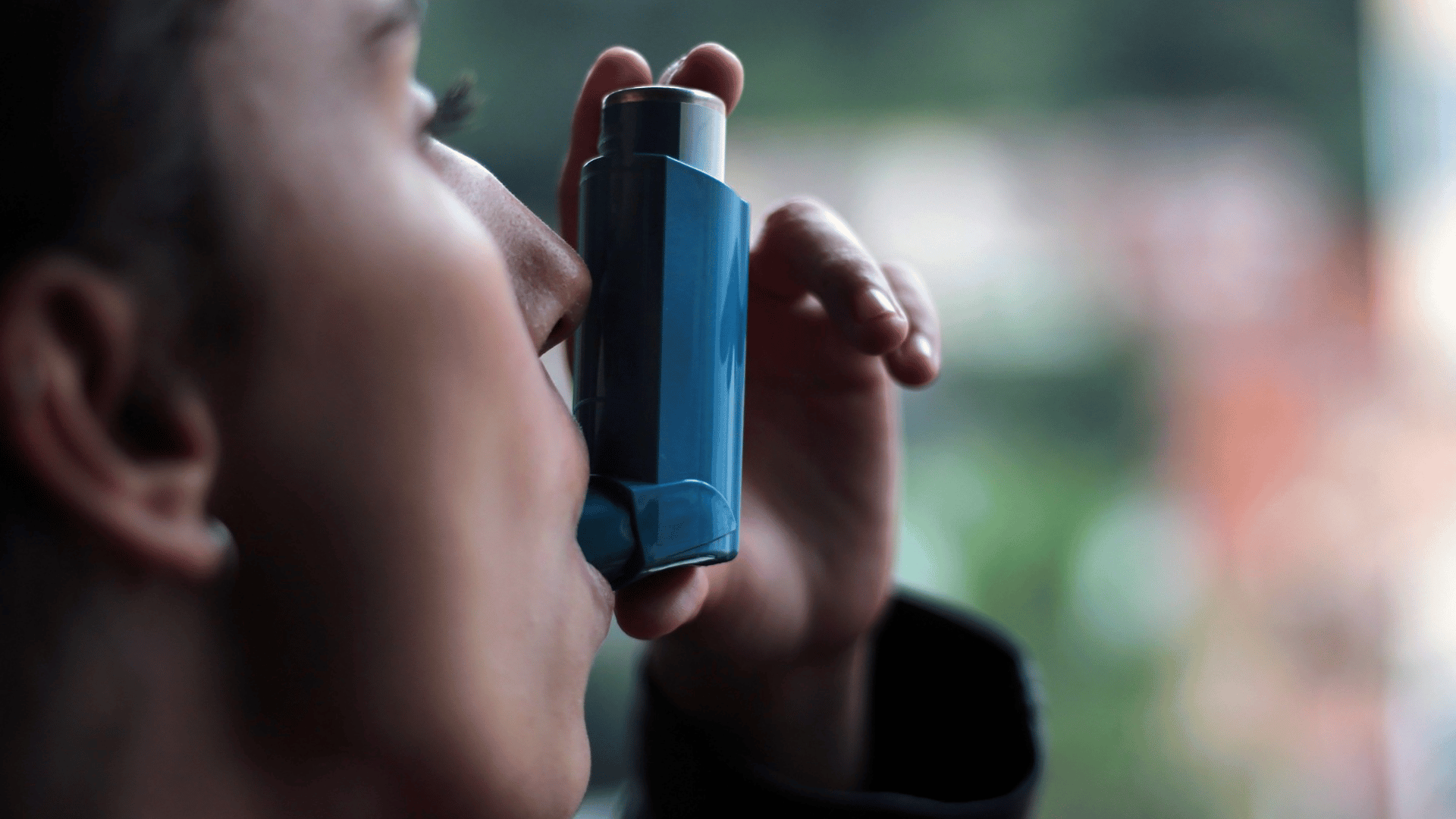A new study published in the Medical Journal of Australia has revealed just how much impact inhalers have on the environment, and how we can do better.
This research was co-authored by former UCRH Director Professor Ross Bailie and was supported by UCRH educator Dr Joe Duncan, who contributed to the work by helping group inhalers into types and classes.
The study looked at millions of inhalers dispensed across Australia over five years and found that most of them are the high-emission kind – pressurised inhalers that use powerful greenhouse gases to deliver medicine. These inhalers produce 10 to 30 times more carbon emissions than low-emission options like dry powder or soft mist inhalers, which are often just as effective.
Despite national strategies calling for a shift to low-emission inhalers, the data shows we’re moving in the opposite direction. Between 2019 and 2023, the number of high-emission inhalers dispensed increased significantly, especially in non-metropolitan areas. In fact, rural and regional communities had higher rates of inhaler use, even though total emissions were greater in cities due to population size.
This is the first comprehensive estimate of inhaler-related carbon emissions in Australia, and it highlights the need for better data, smarter prescribing, and more awareness, especially in areas like ours.


